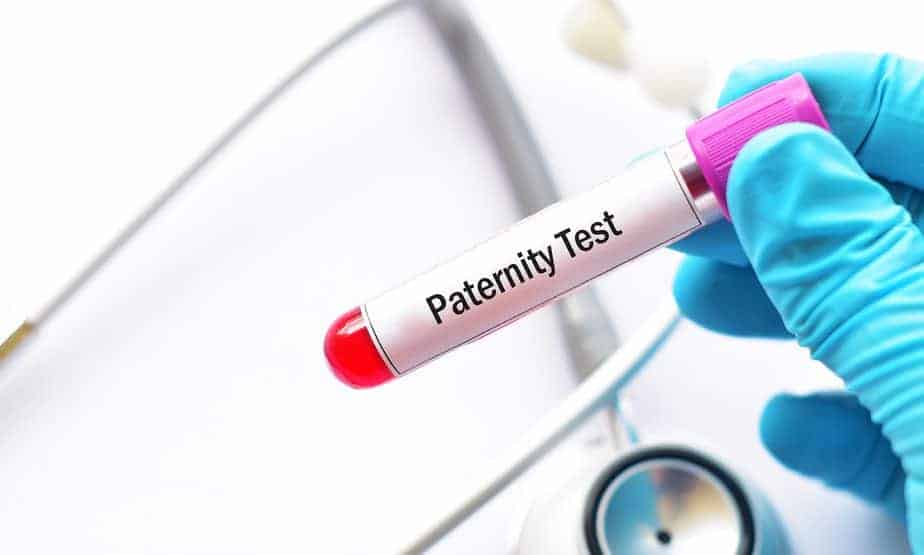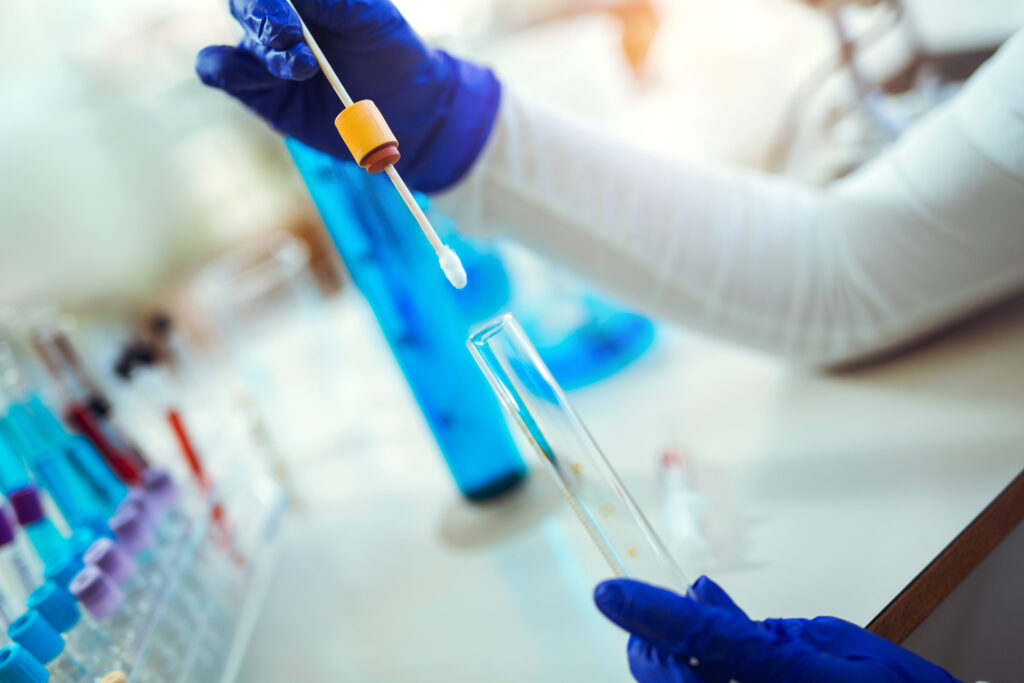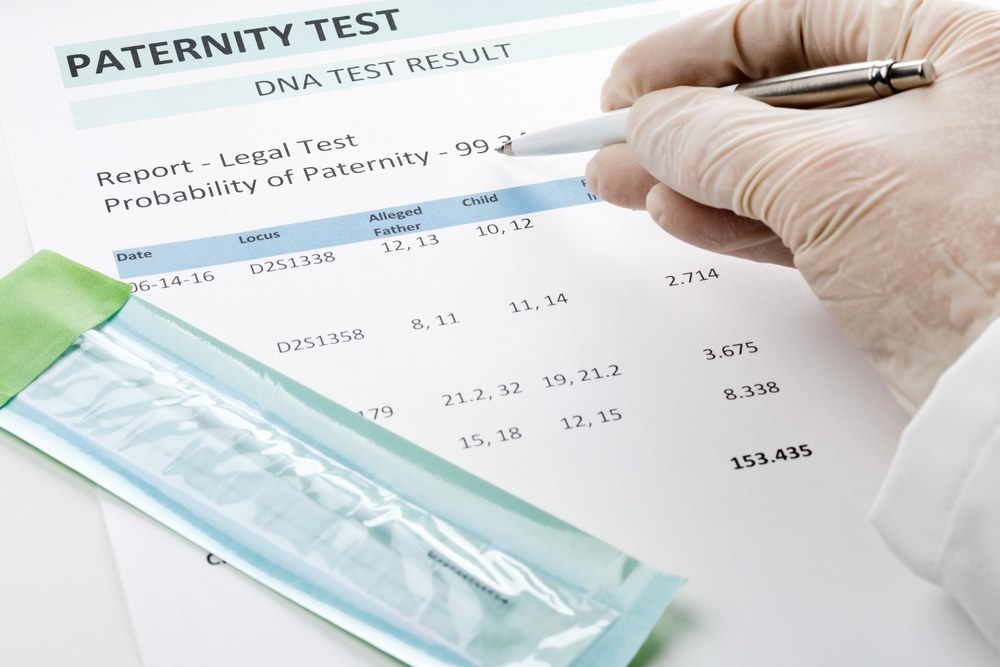When it comes to establishing a connection between a father and a child, there is no test more accurate than a DNA paternity test. Every year, thousands of parents undergo DNA paternity tests for various reasons. Some of them do it because they have to, some because they want to.
However, there is still a great number of people how are not quite familiar with DNA paternity testing, nor do they know enough about it – which is exactly why we are here.
Today, we’re going to take a deep dive into DNA paternity testing and tell you all there is to know about it. So, without further ado, let’s get started.
1. What’s A DNA Paternity Test?

As we all know, every person has a unique DNA. It’s sort of like our genetic fingerprint – no two of them are the same. That makes DNA paternity testing not only extremely precise but also very complex.
Every person on this planet shares half of their DNA with their father and the other half with their mother. So, in order to complete a paternity test, you need a sample from both the father and the child (they could both be grown people, we’re using the world child solely to describe the connection between the two), so you can compare them against one another.
Unless there is some kind of a genetic mutation, which are always taken into account by the people performing the test, an alleged father and the child, must match at every tested marker in order for them to be considered biological father and child. This level of precision is why these tests are almost 100% correct and are never inconclusive.
2. There’s No Grand-Paternity Test
You can’t perform a test to see whether an individual is your granddaughter or grandson, just like you can do the test to determine if someone’s your sibling. Well, to be fair, you could do that, but the results would always be inconclusive. They could suggest that there is a strong chance of a biological connection between the two individuals, but none of this would be 100% correct because of the way the test is conducted (the marker matching we’ve mentioned).
3. It Is Not 100% Accurate

We’ll try to explain this as simple as possible, but there is a reason why DNA tests aren’t 100% accurate. With that being said, they are 99.9% accurate, which is still remarkable and pretty much as accurate as it will ever get, but here’s why it’s not 100% accurate.
Think of human DNA as a code – a 3 billion line code if you wish. These lines of code are made out of base pairs, and every human on this planet shares 99.9% of that code with every other human on this planet. The other 0.1% is where the differences between us lie.
That means that even if we were to conduct a DNA test that would compare our genetic codes line by line, we would still end up with a test that is only 99.9% accurate because that’s how much genetic code we all share. And, that is also the reason why no one can argue the accuracy of this test in court. This leads us to our next point…
4. It Is Admissible In Court
According to CRI Genetics, one of the most common questions they get asked is whether the paternity tests are admissible in court. As you can probably imagine, not many people just buy paternity tests out of boredom. Most of the time, it is because there is a nasty divorce or something similar at hand, which means there is a custody battle going on.
With that being said, the results of paternity tests are admissible in court, provided that you’ve gotten the results from a reliable source.
5. It Can Be Done During The Pregnancy

Contrary to popular opinion, DNA paternity tests can be done even before the baby is born, and they are as accurate as the ones performed after a child’s birth.
In fact, there are three different methods of performing a paternity test during pregnancy – NIPP, CVS, and Amniocentesis. NIPP can be performed at any point during the pregnancy, while the other two can only be performed at a certain time. All three of them are equally accurate. However, only the NIPP is perfectly safe for both the mother and the unborn child.
6. It Is Not Expensive
Another common misconception about paternity tests is that they are extremely expensive. That is not the case. The most expensive paternity test you’d have to pay for is a legal test in a medical setting. These are the ones most commonly done during the legal disputes between the partners, often during a divorce or child custody battle. That test will set you back around $500, while others could cost as little as $50.
7. You Won’t Have To Wait Long For The Results

Unlike some other kinds of DNA tests, paternity tests are done rather quickly. If need be, they can even be done in less than a day. Most of the time, you will only wait for the testing samples to reach the lab that performs the test if you are using one of the at-home testing kits. Apart from that, it shouldn’t take more than two or three days for you to get the results.
8. At-Home Kits Are Not Admissible In The Court Of Law
Finally, when it comes to at-home paternity tests, these can only be used for your own peace of mind. Despite the results being 99.9% accurate, they are not admissible in the court of law, mainly because there is no evidence to support that the samples in question are from the parties involved in the case. So, it is not the tests that are the problem – these tests are also 99.9% conclusive.
Conclusion:
There you have it. Those were the eight things we thought you should know about DNA paternity testing. We hope we’ve managed to teach you a thing or two. Take care.








